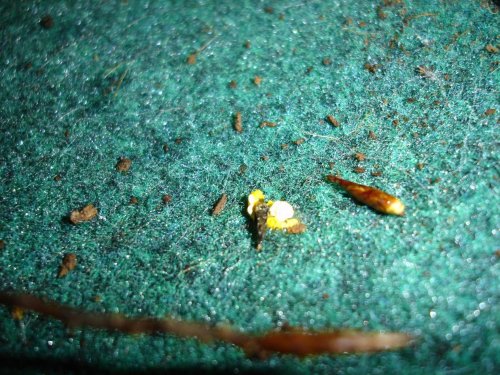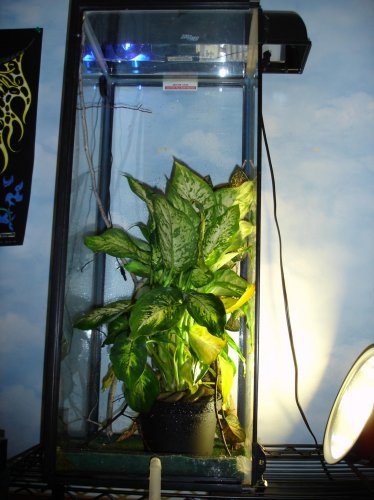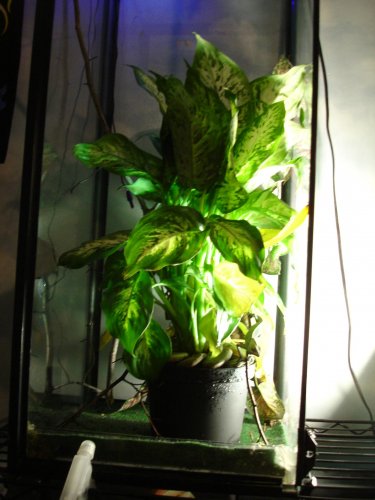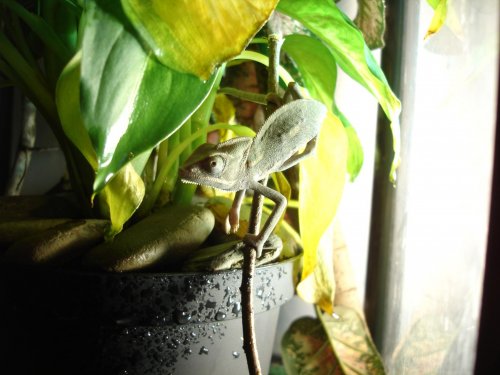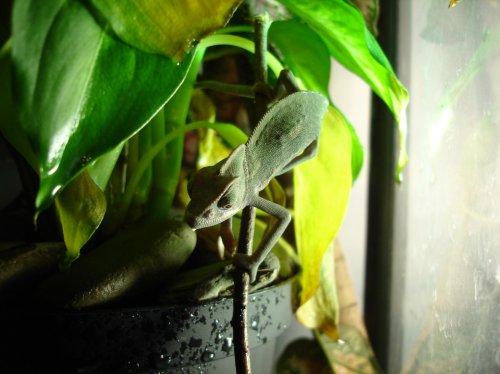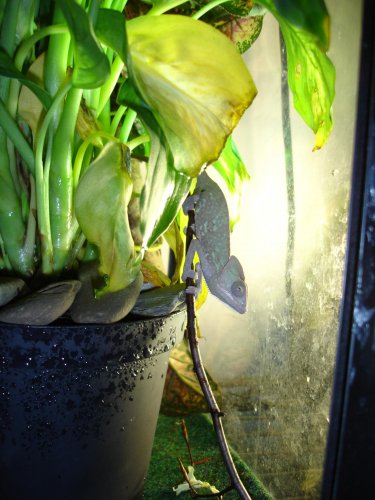Bigstorm87
New Member
Hey guy! I'm new to this forum and new to owning a chameleon. About a month or so ago, my Veiled stopped using his tongue completely. He will not try AT ALL. No small length sticking out, NOTHING. Before it happened, he started using less and less length until nothing. He is only about 6 -7 months and has not grown much either like I thought he would. He drinks and is hand fed with wax worms and crickets with calcium W/d3. I did not realize they could not be fed the calcium at every other feeding like my other animals.
I should note to that he has broken some ribs (I honestly do not know how). The ribs are healing nicely though. I had a suspicion that this may have something to do with his tongue because it was around the time that he stopped using his tongue.
I will put up my info because I know you guy like to see it!
I should note to that he has broken some ribs (I honestly do not know how). The ribs are healing nicely though. I had a suspicion that this may have something to do with his tongue because it was around the time that he stopped using his tongue.
I will put up my info because I know you guy like to see it!





